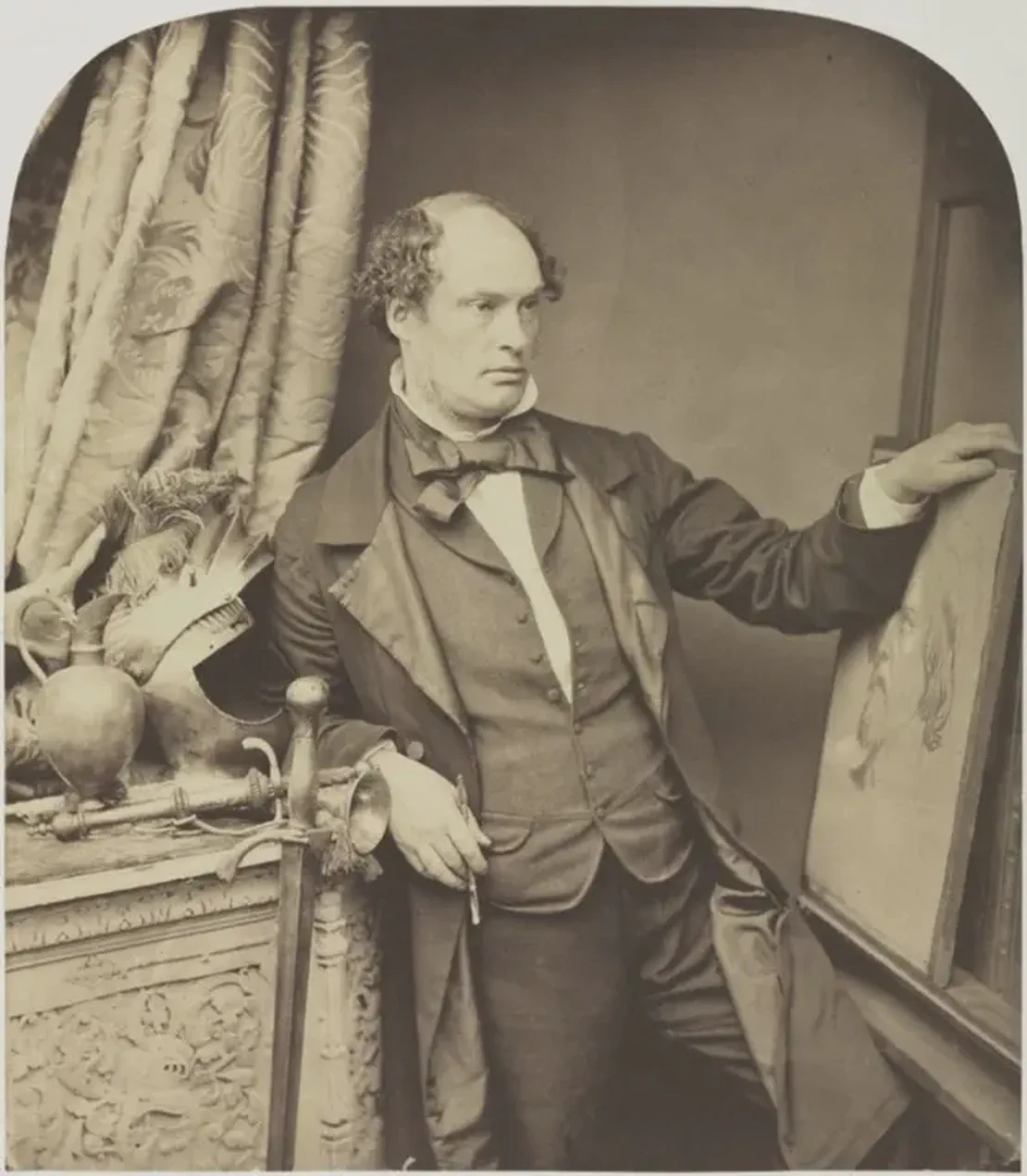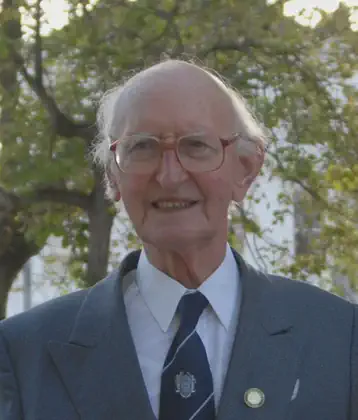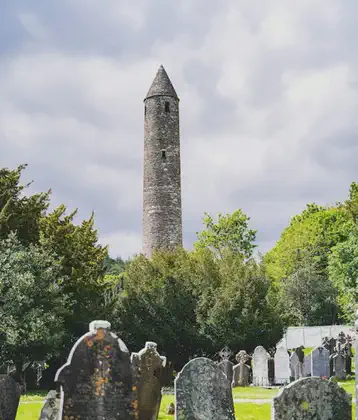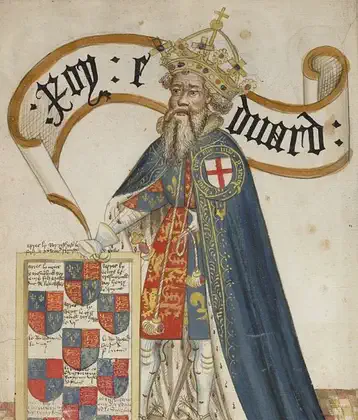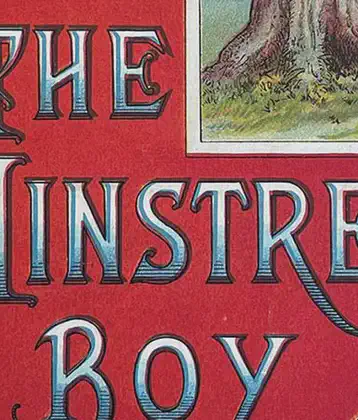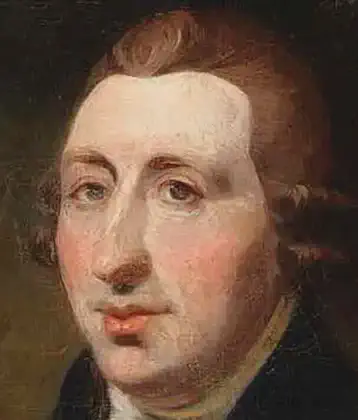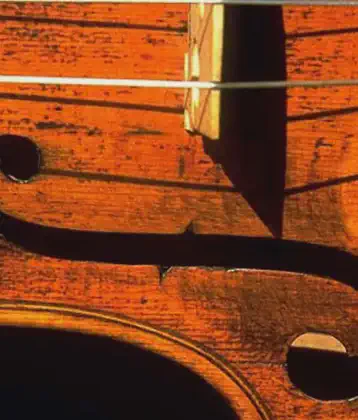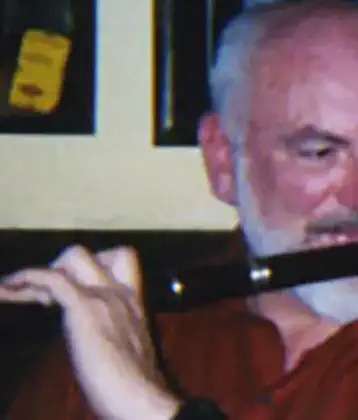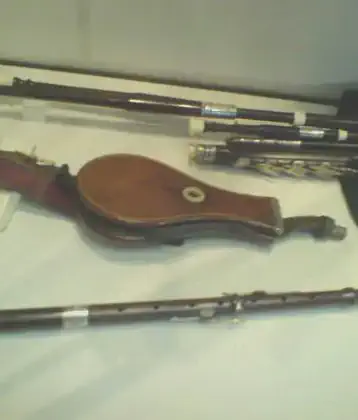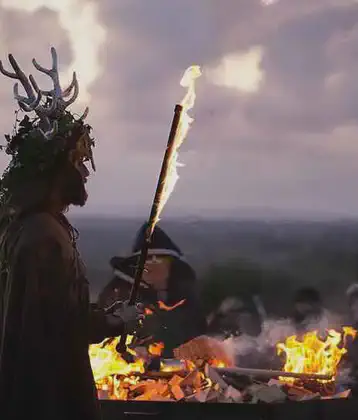January 25th , 1806
Daniel Maclise RA (25 January 1806 – 25 April 1870) was an Irish history painter, literary and portrait painter, and illustrator, who worked for most of his life in London, England.
Daniel Maclise, a prominent Irish painter, was born on January 25, 1806, in Cork, County Cork, Ireland. Maclise gained recognition for his historical and literary paintings, which were celebrated for their detailed and dramatic compositions. His work reflects the Victorian interest in historical and Shakespearean themes, showcasing his skill in capturing both the grandeur of history and the nuances of human expressions.
Maclise studied at the Cork School of Art before moving to London, where he enrolled at the Royal Academy Schools. His talent quickly became evident, and he won several awards, including the prestigious Royal Academy gold medal for his history painting. This early success helped to establish his reputation as one of the leading artists of his time.
One of Maclise’s most notable works is “The Marriage of Strongbow and Aoife,” a large canvas that depicts the marriage of the Norman warlord Richard de Clare, known as Strongbow, to Aoife, the daughter of the King of Leinster. This painting, which combines historical detail with romantic embellishment, is celebrated for its vivid portrayal of a pivotal moment in Irish history. Another significant work is “The Banquet Scene from Macbeth,” which showcases his ability to render dramatic literary scenes with intensity and depth.
Throughout his career, Maclise also contributed illustrations to literary works, including those of his friend Charles Dickens, further highlighting his versatility and the breadth of his artistic interests. Despite his success, Maclise remained somewhat reclusive, dedicating himself to his art rather than seeking public acclaim.
Daniel Maclise’s legacy is preserved in his contributions to the Royal Academy and his enduring works, which continue to be admired for their historical significance and artistic mastery. He passed away on April 25, 1870, in London, but his works remain a testament to his talent and his unique ability to capture the spirit of his subjects.
